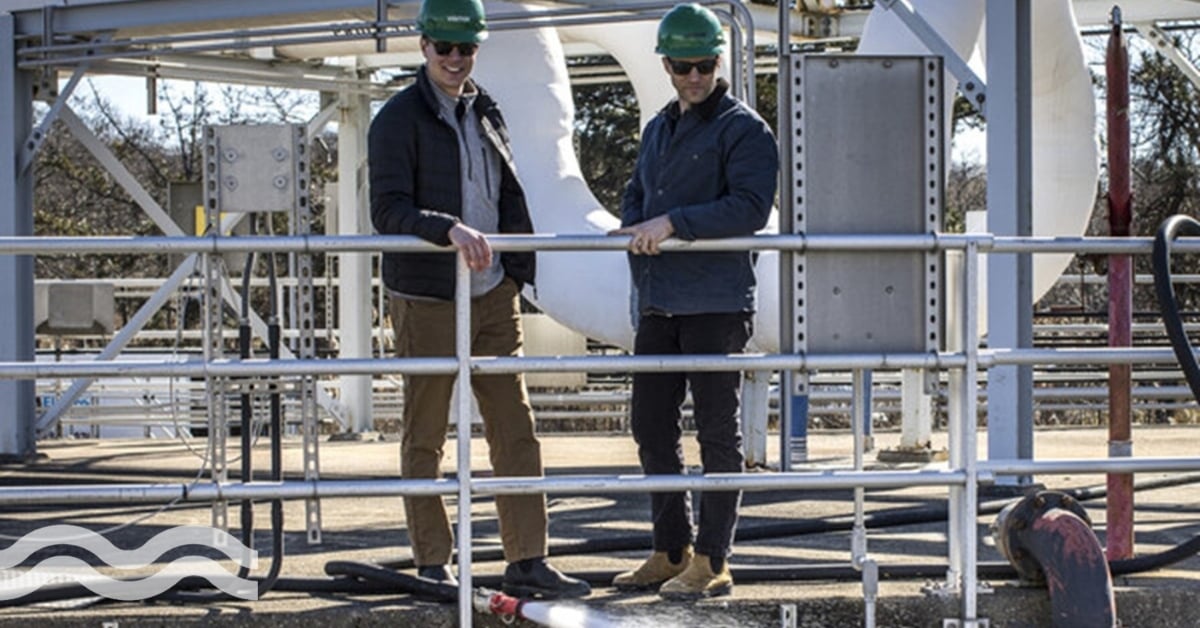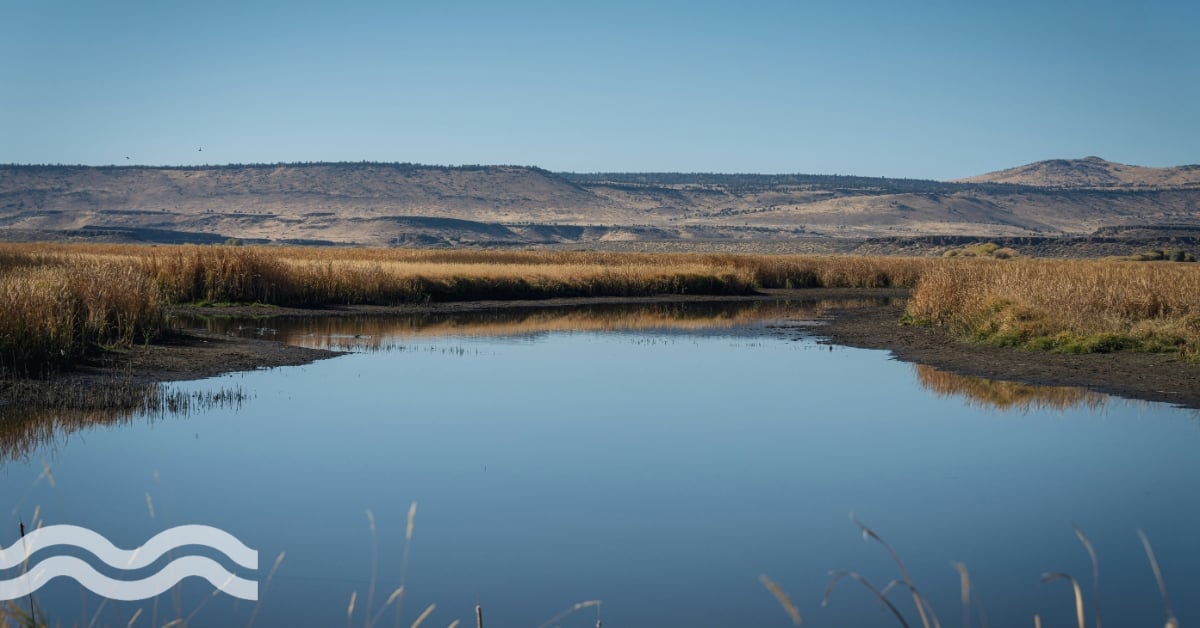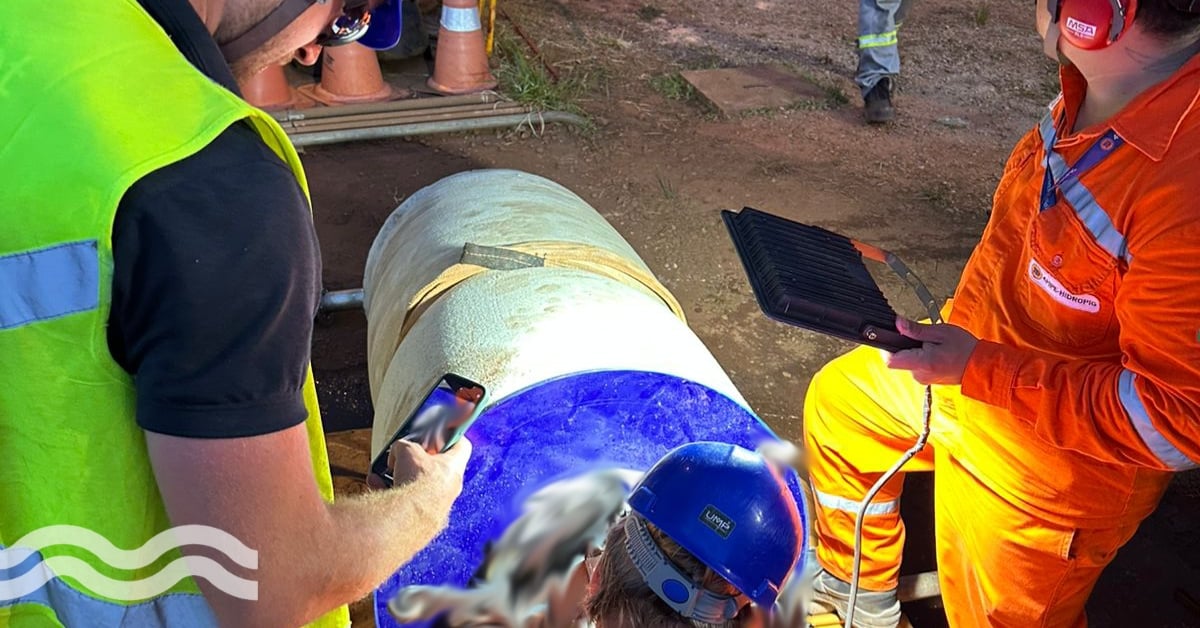Major infrastructure project cleans up Buenos Aires river basin
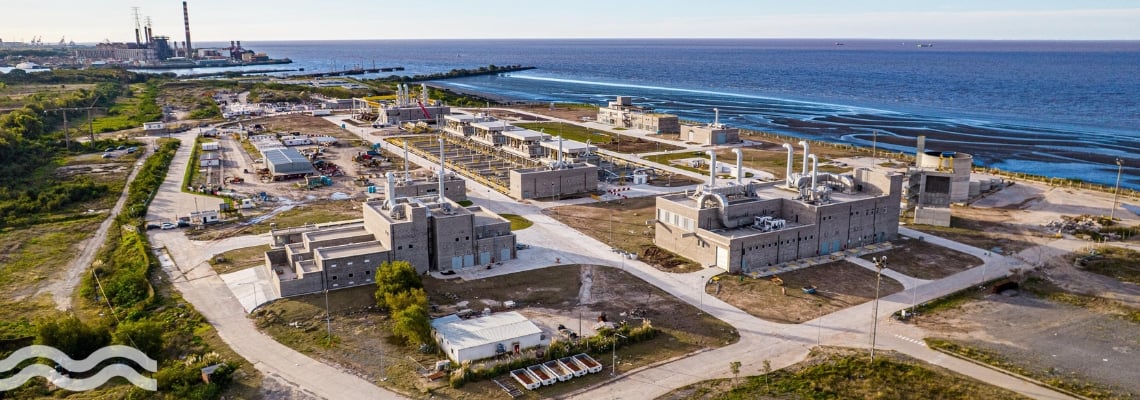
The largest wastewater treatment project ever built in South America is helping to turn the tide for one of the most heavily polluted river basins in the world.
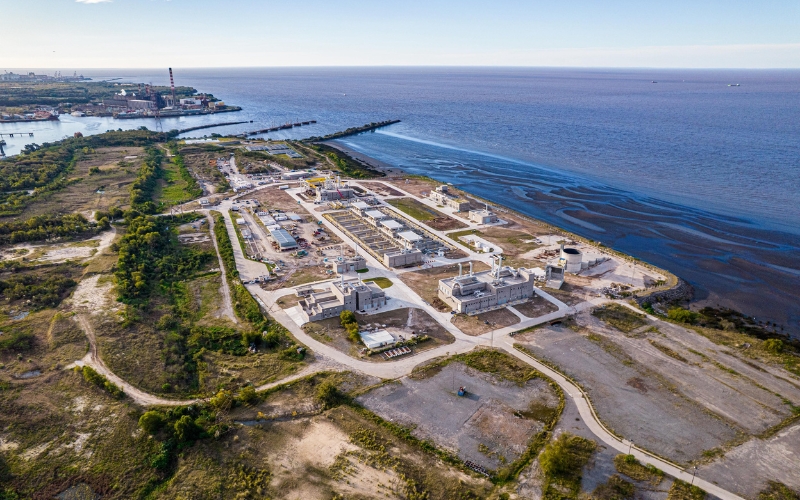
The Riachuelo System
The major infrastructure project is improving sanitation in the Matanza-Riachuelo Basin in Argentina. Known as the Riachuelo environmental restoration system, the major works greatly expand the capacity for transporting, treating, and disposing of sewage effluent in the metropolitan area of Buenos Aires.
The Riachuelo System will transport more than 2 million m3 of effluent every day, allowing for its proper treatment and disposal, and helping to avoid further contamination of the basin. The system represents the first major expansion of the Buenos Aires trunk sewer system for more than 70 years.
Why does this major infrastructure matter?
The Matanza River (also known as the Riachuelo River) is one of the most polluted waterways in the world, and before the works began was considered one of the top 10 most polluted places in the world.
The clean-up was ordered by a court order following legal action by a number of local residents, with the Matanza-Riachuelo Basin Authority (ACUMAR) created in as a result. This brought together the national government and the city and provincial administrations, as well companies and other invested stakeholders to coordinate a plan to clean up the basin and the river that runs through it.
The basin itself spans 2,000km2 and runs for 64km through 14 municipalities of Buenos Aires province and through the city itself where 4.5 million people live – 10 per cent of Argentina’s population.
Industrial and human waste equals a dead river
Historically, pollution has come from both industrial and commercial waste, pharmaceuticals, as well as raw untreated sewage from local communities. A report in 2017 from La Nacion, based on ACUMAR reported figures suggests that the river was effectively ‘dead’ at certain points in the 10-year period leading up to the report’s publication. Between 2008 and 2006, the report collated 22 data points for the river and found that only four of those observed oxygen levels was high enough to support marine life.
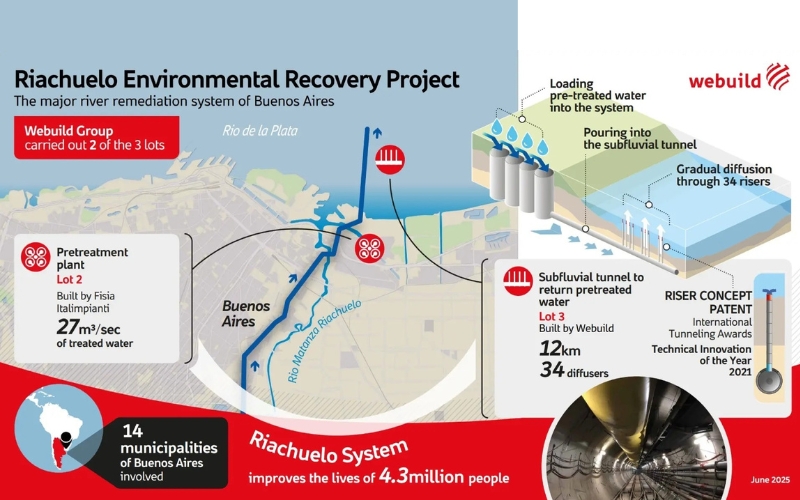
Three lots to cleaner water
Three wastewater system comprises of three ‘lots’:
Lot 1: Mega collector
The first part of the system is comprised of three large tunnels totalling 16km in length. These connect to a network of more than 30km of tunnels that intercept wastewater on the left bank of the Riachuelo and transport it to a pre-treatment plant (Lot 2, see below) at Dock Sud.
In addition, two of the city’s three ‘maximum sewers’ also connect to the mega collector to aid transport and collection of the city’s sewage waste to the new treatment plant.
Lot 2: Pre-treatment plant
The sewage and water from the mega collector arrive at the pre-treatment plant in Dock Sud passing through a grate that collects solids and other waste, before passing through sieves and decanters to remove medium and fine solids, sand and fats.
Lot 3: Outfall
The last stage of the pre-treated liquid journey is a 12km tunnel located 40km under the bed of the Río de la Plata. The last 1.5km stretch (10km from the coast) includes 34 diffusers which allows an adequate mixture with the river water for safe dispersal.
Global finance, Italian construction
Two of the three lots were constructed by Italian infrastructure specialists Webuild Group, with one of those constructed by subsidiary company Fisia Italimpianti, all financed by the World Bank.
Fila Italimpianti was responsible for constructing the treatment plant associated with the project. The plant consists of three parts: inlet lifting station, pre-treatment plant itself and outlet pumping station. Once it has reached its full operation capacity, the plant is expected to 2.3 million m3 of wastewater per day. The inlet station has a capacity of 36 m3/s, while the pretreatment facility has a capacity of 27 m3/s.
The Webuild Group was also responsible for the engineering and construction of Lot 3, which involved boring 40 metres under the riverbed to construct a 12km-tunnel with a diameter of 4.3 metres.
Associated Matanza-Riachuelo basin projects
The basin has been the site of tanneries for more than 100 years. These have been a major source of pollution, dumping both organic and chemical waste directly into the river.
As part of the project, the Lanús Tannery Industrial Park is being installed next to a state-of-the-art treatment plant which for the first time will allow small and medium-sized tanneries to treat their waste instead of polluting the river basin.
Another component of the project was to give 24,000 residents of the city’s 21-24 neighbourhood access to drinking water and connection to the sewage and rainwater drainage works. Elsewhere, connections have been extended to give 50,000 people from Cañuelas and Marcos Paz access to drinking water in their homes.
